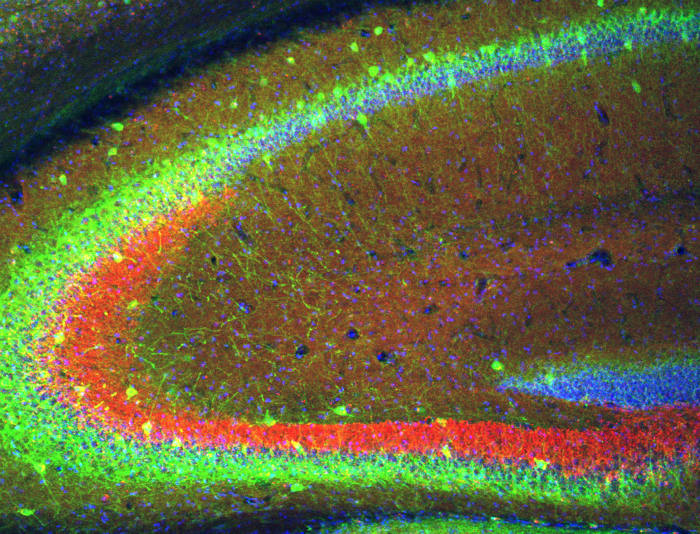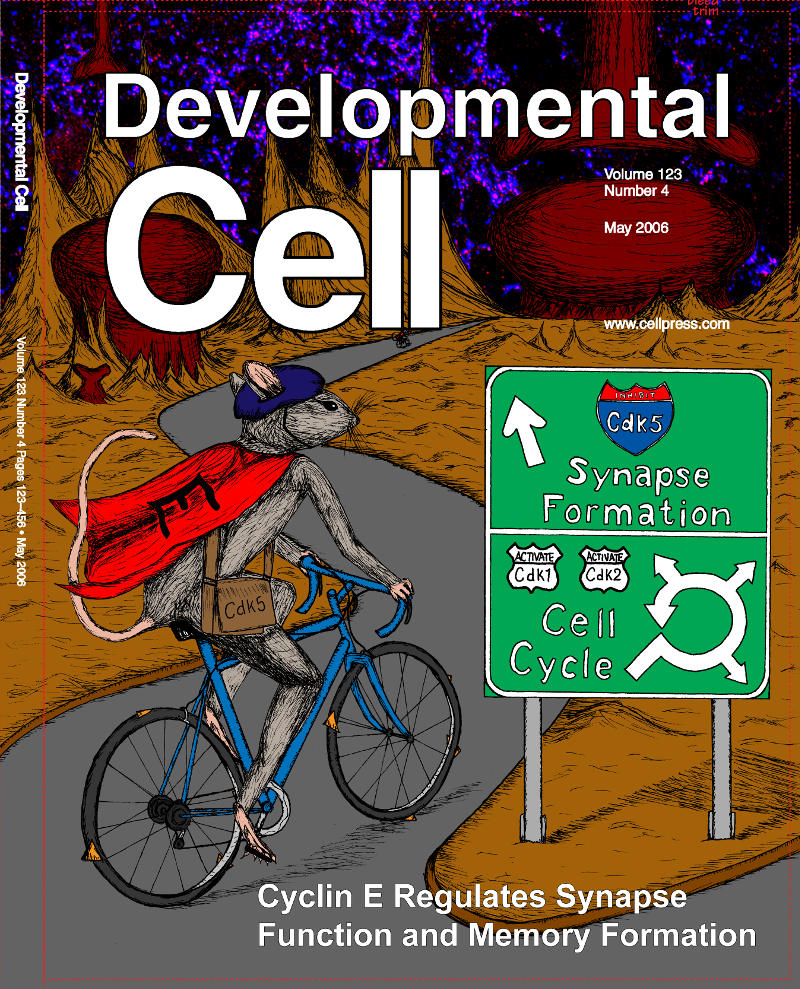
Neural circuit connections, or synapses, are integral to life; yet what restricts their assembly remains largely unexplored. We recently identified a mechanism restricting new synapse assembly (Wills et al., 2012). We aim to define the principle characteristics of this mechanism since we believe this is key to decoding how synapse assembly is orchestrated during development.
It is well appreciated that Alzheimer’s disease is a synaptic pathology; yet its cellular mediators are poorly understood, limiting the effective treatment of this devastating disease. We aim to characterize the incipient events that drive the synaptic pathology underlying AD using both live-imaging and electrophysiology approaches.


There is emerging evidence suggesting synaptic pathology may contribute to PD. We propose that Cyclin E, a gene we previously demonstrated contributes to synaptic development and function (Odajima, Wills et al., 2011), may be a key mediator in PD synaptic dysfunction.